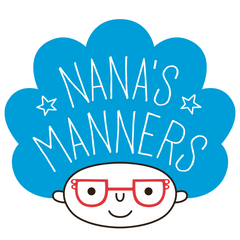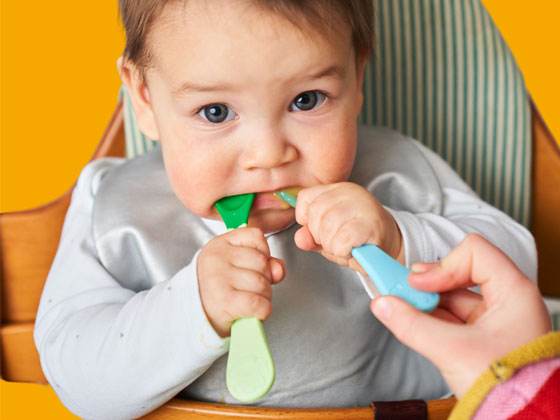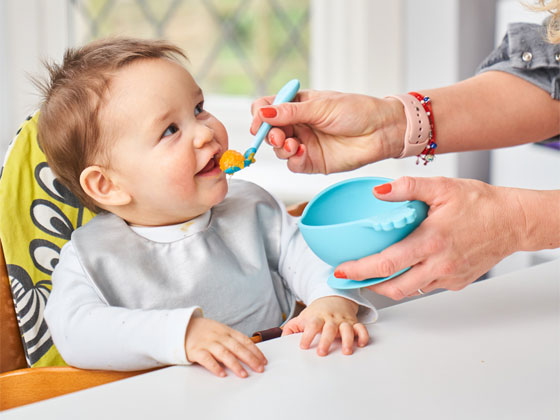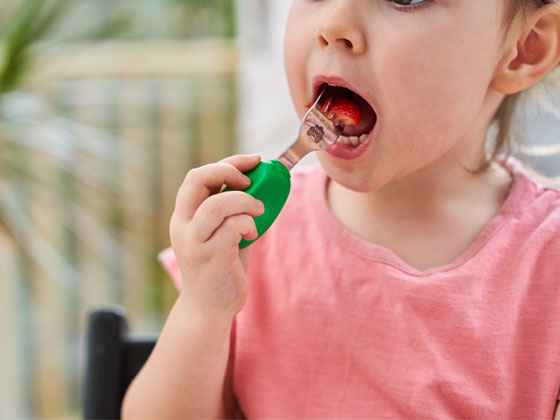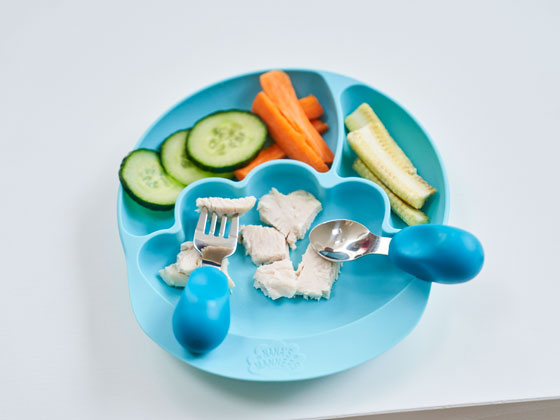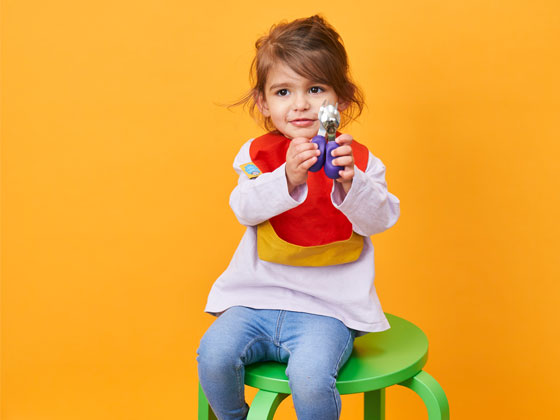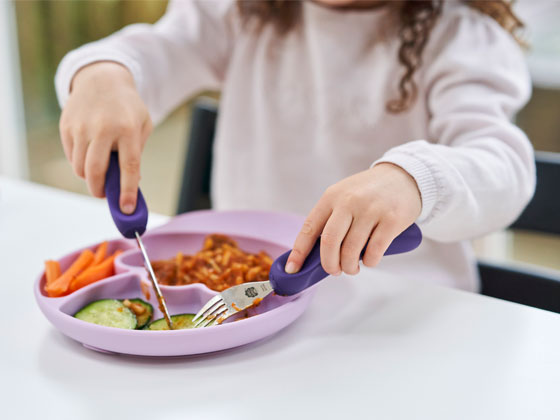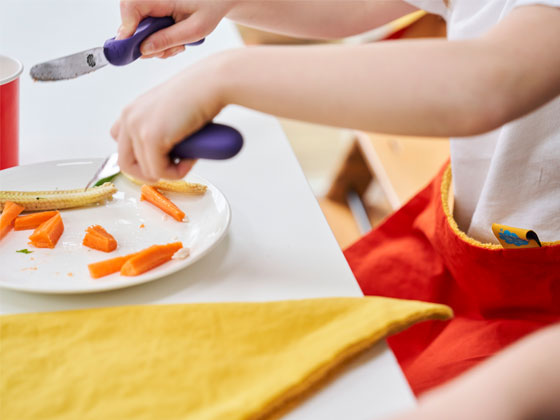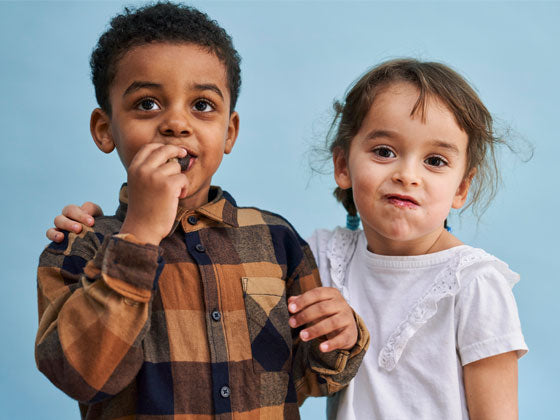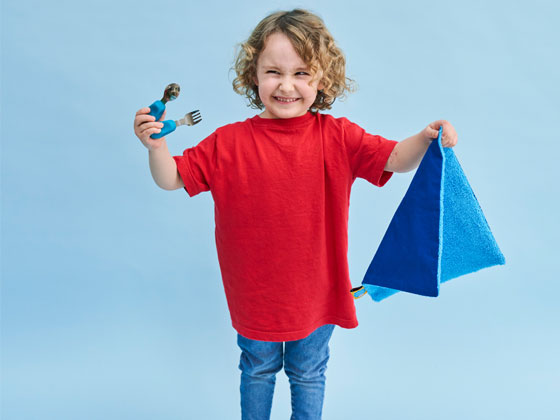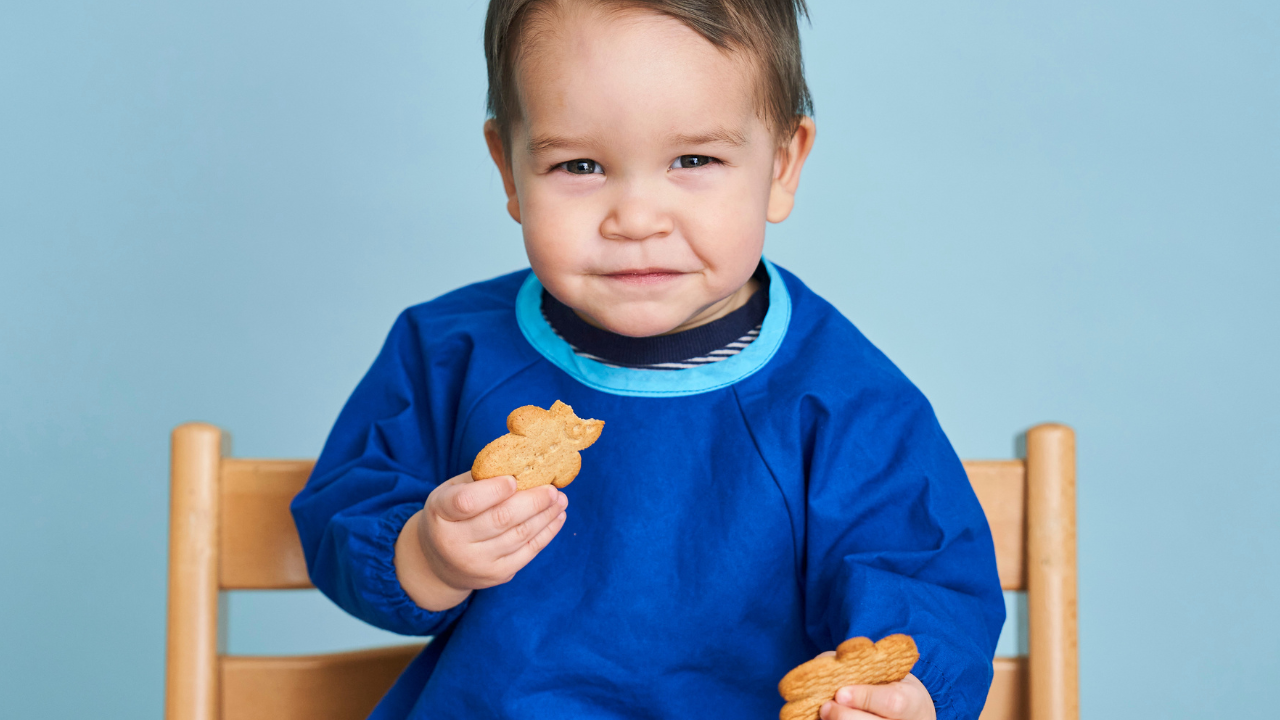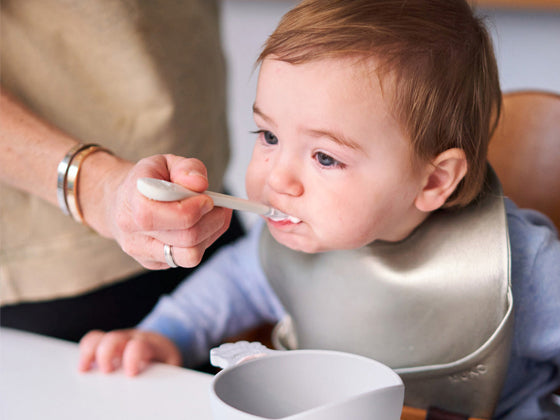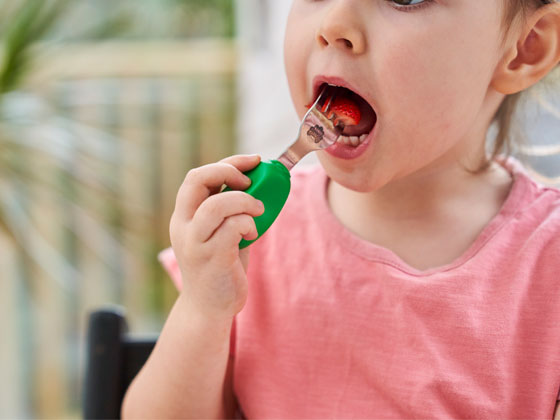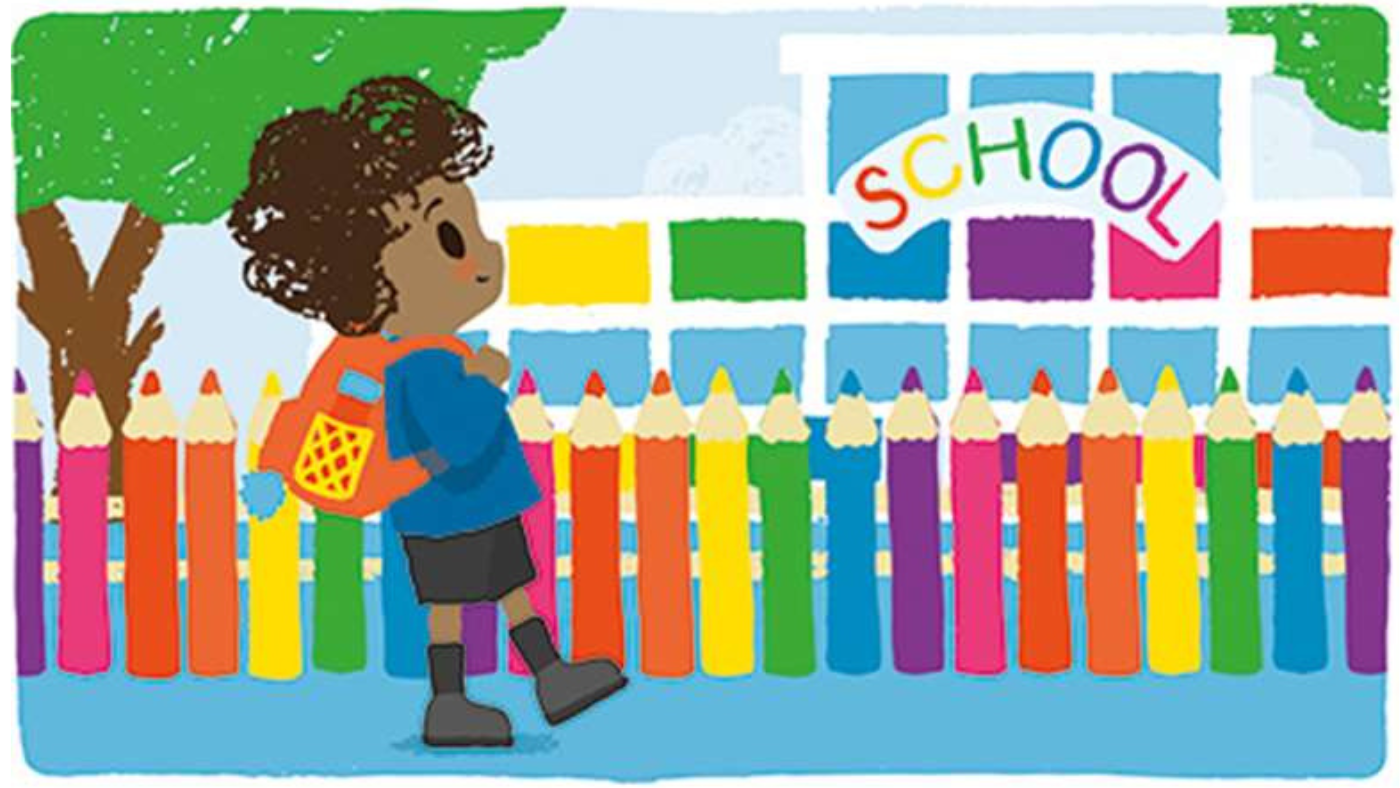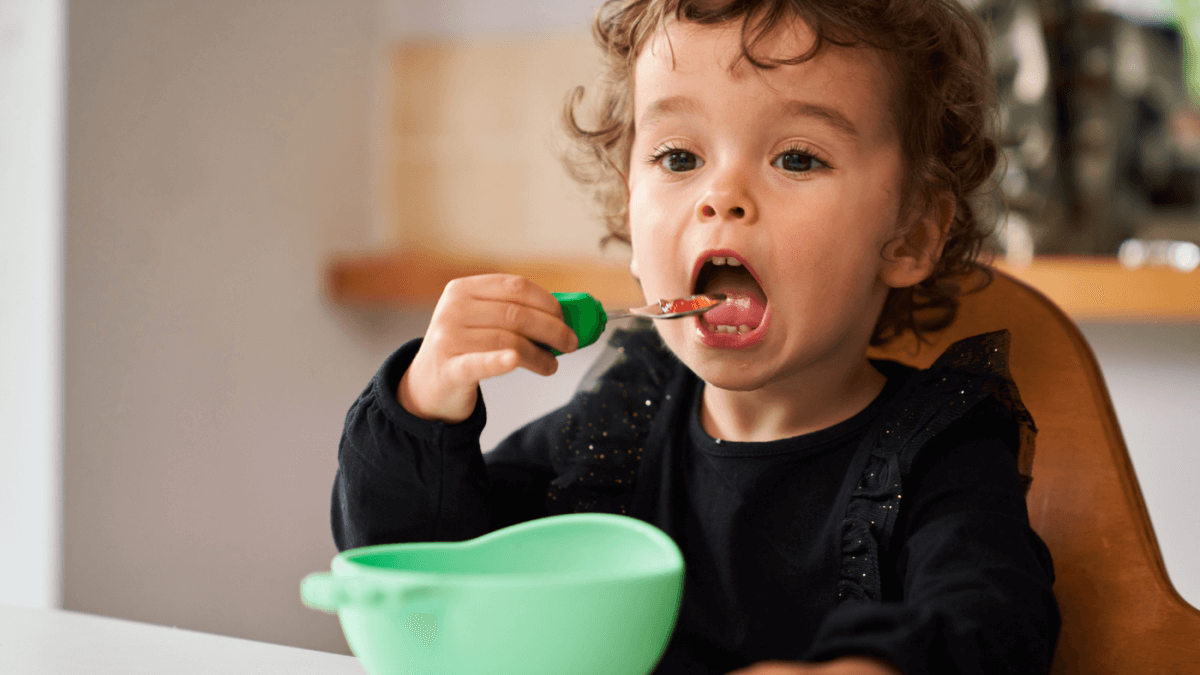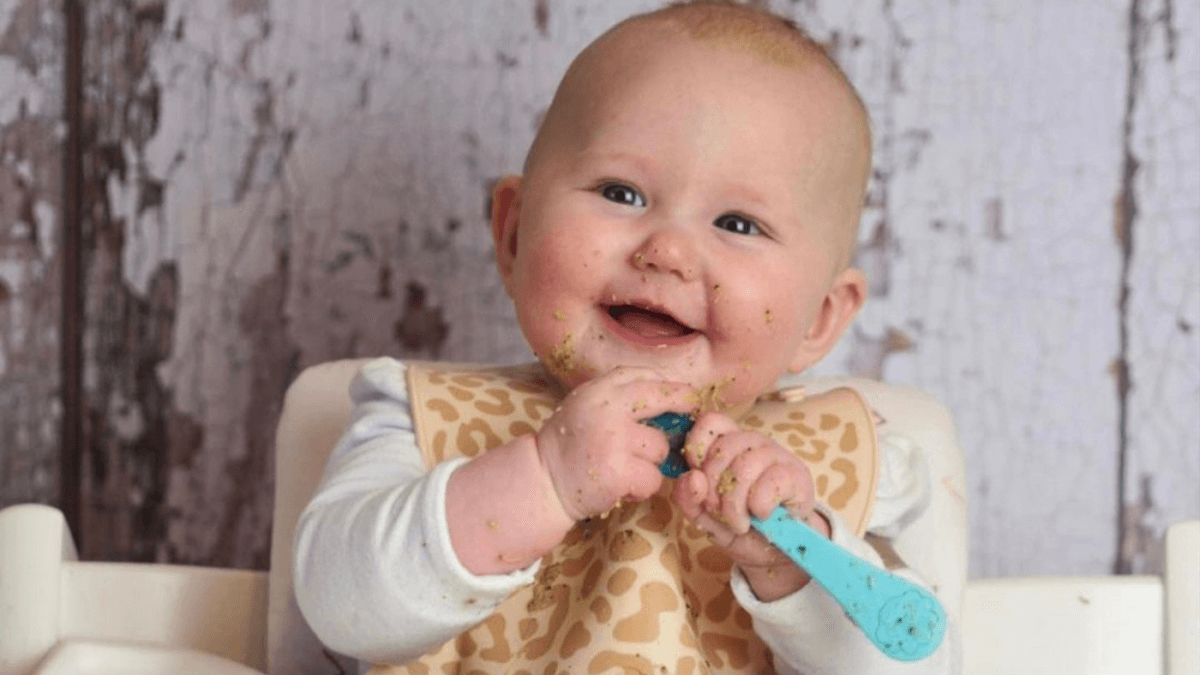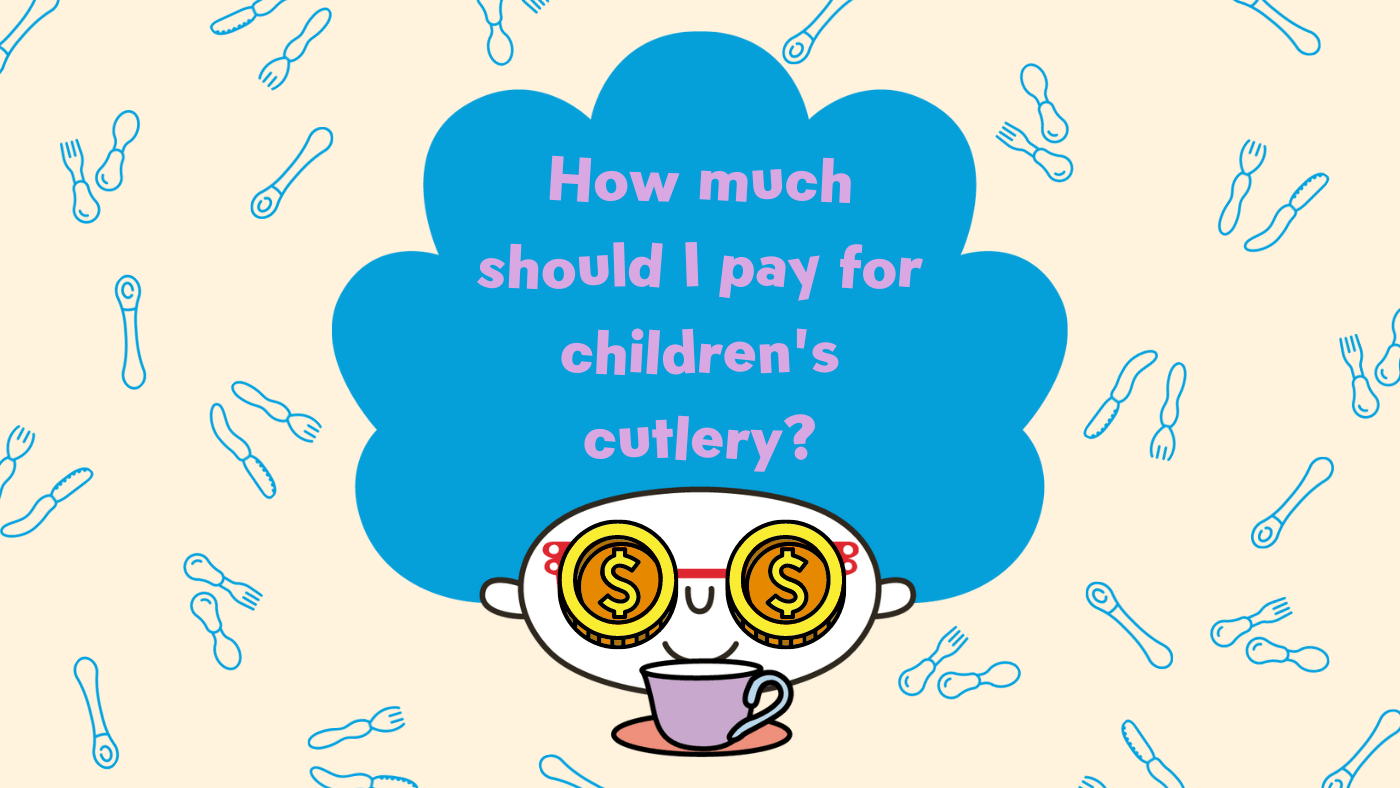
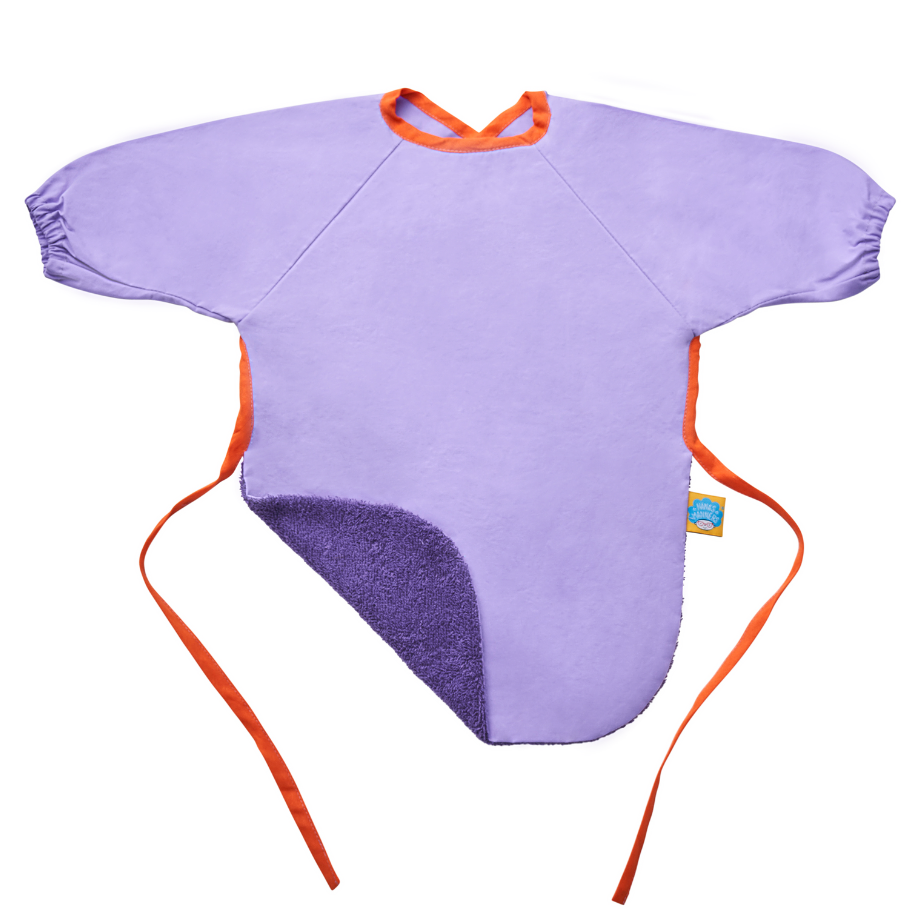
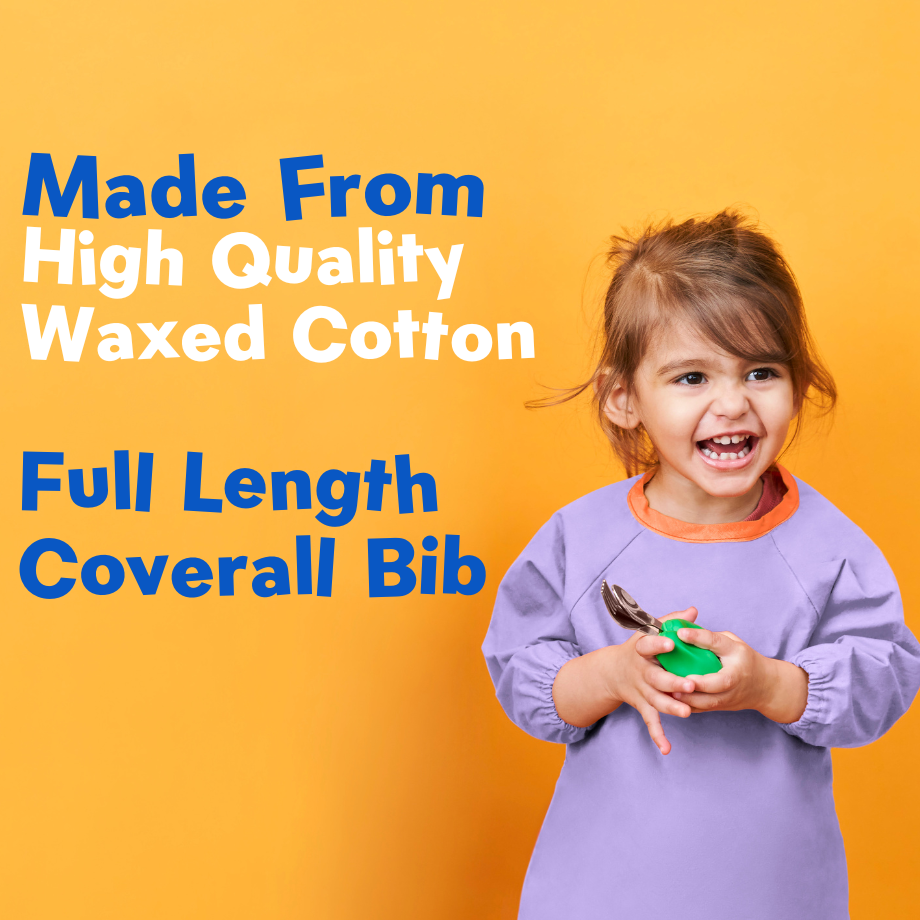
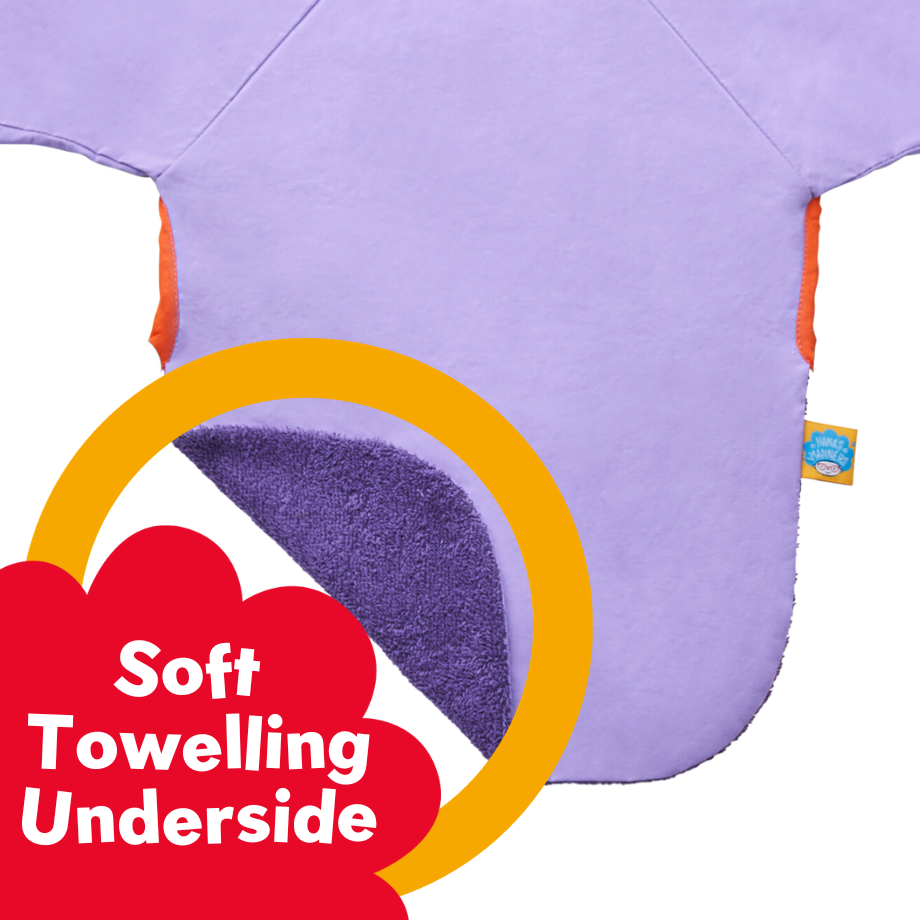

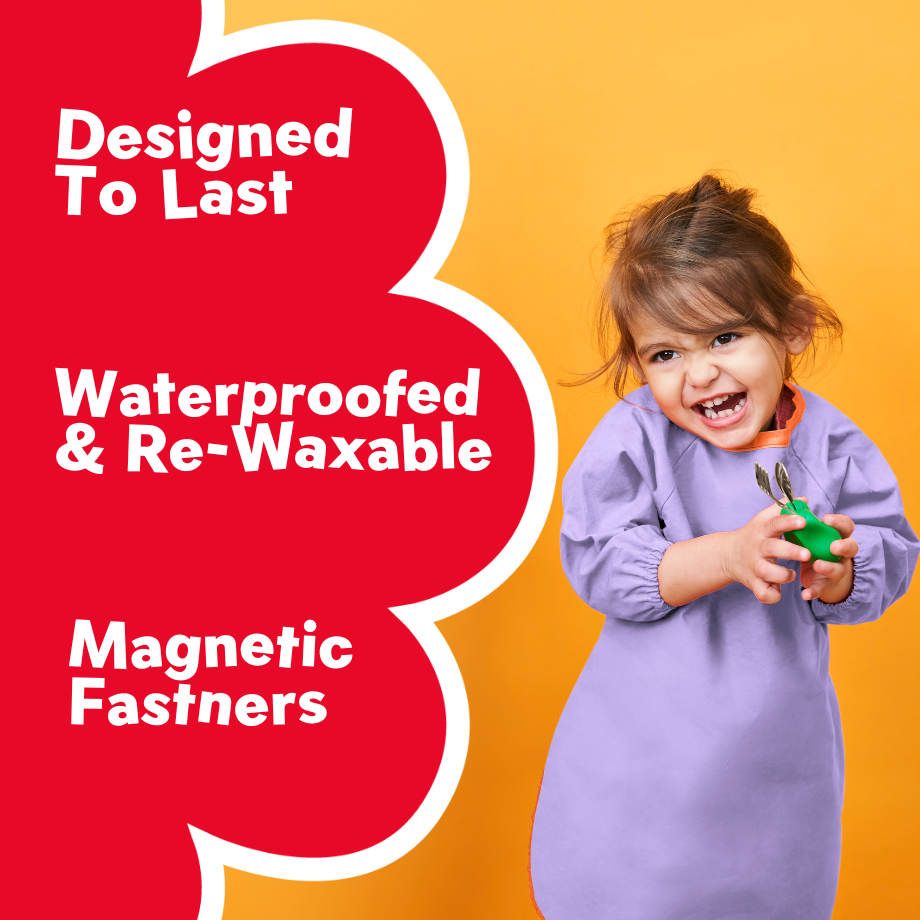
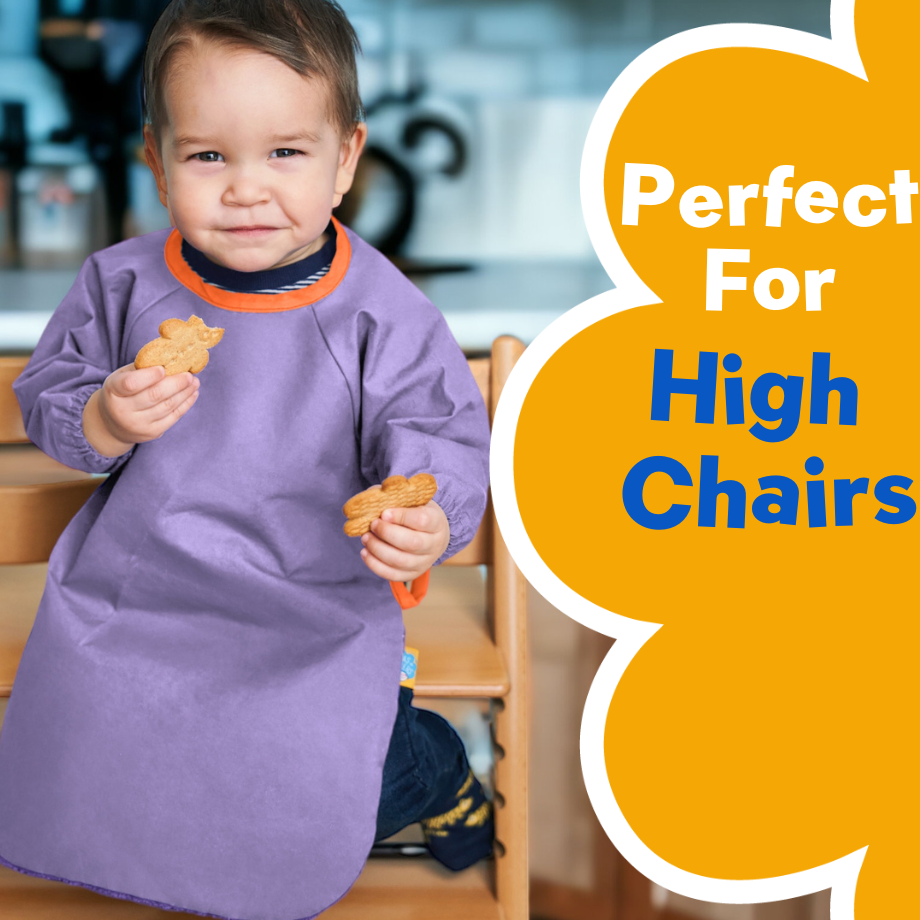
Nana's Original Wax Cotton Coverall Bib for Weaning Babies & Toddlers - Lilac
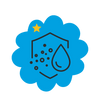
Natural Wax Waterproofing.
The Original Waxed Cotton Coverall bib is a sustainable and plastic free alternative to preventing messy mealtimes and keeping your baby or toddler mess free. Using Natural wax the cotton is both breathable and water proofed. Guaranteed to keep your little mess free when loved and regularly reproofed.
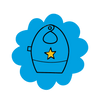
Design with high Quality British Cotton
Designed for exceptional quality and timeless design. A practical and sustainable solution to preventing messy mealtimes keeping your littleone covered and fully flexible to enjoy every moment of discovery at mealtime or creative, messy play.

Easy wipe, wipe Clean
Waxed cotton is best kept clear with a gentle wipe guaranteed to save busy parents time and keep mealtimes as mess free as possible. The original waxed cotton material is perfect for families on the go and littles who like to do it all. Wipe clean, age with experience and enjoy every moment.

Re-proofable - Using Natural wax spray
Renews water repellent properties to fabric offering continued protection from the elements. Easy spray-on application fluorocarbon-free solution. This wax dressing can be applied to either the whole garment, or just to patches that get the most wear, like elbows, creases and it will revive the coverall bib so it is able to continue being the premium product that it is. Reproofing reserves both the fabric itself and revives the waterproofing qualities to ensure your little one stays dry when wearing it, even the most messy of mealtimes or play.
Product Details
Lovingly made in London using high quality British manufactured Waxed Cotton and towelling, our Stage 1 Coverall is designed for use from the start of your weaning journey (4 months +). From messy mealtimes of discovery, to exploring during messy play; Nana’s original waxed cotton coverall remains comfortable and protective, allowing little ones to explore and experience the world around them. Versatile and protective, it is sized to grow with them as they journey from baby to toddler.
Shop by Age
Why Nana’s Manners?

Happy,
Confident Kids

Love Learning,
For Life

Multi
Award-Winning

Valued By Parents
Loved By Children
FAQs
- - Waxed cotton is waterproof, yet breathable. It adjusts to the temperature keeping little ones collier in the summer and warmer in the winter.
- - Our coveralls, bibs and napkins are all plastic free. So much better for the environment both in the manufacturing process as well as the recycling process.
- - Waxed cotton can be washed and re-proofed over time, keeping the protection offered at top level for years to come. No splitting from repeated cleaning like you find with many plastic products.
- - Waxed cotton is so much more comfortable to wear and move in, making our coveralls ideal for messy play as well as mealtimes.
Nana’s MAnners Coverall Bib has a breathable neck design, this short-sleeved bib fits children aged 6 months to 3 years and is a great long-use alternative to plastic or silicone bibs.
Our coveralls are washable. After repeated washing, when the time comes to top up the waterproof protection you can easily re-proof your coverall using Nana’s Manners Original Wax Reproofing Spray
This simply replaces any natural waxes they may have worn done from repeated cleaning, bringing your Coverall Bib back to tip-top waterproof condition! Made to last for years to come and hand down to the next generation.
